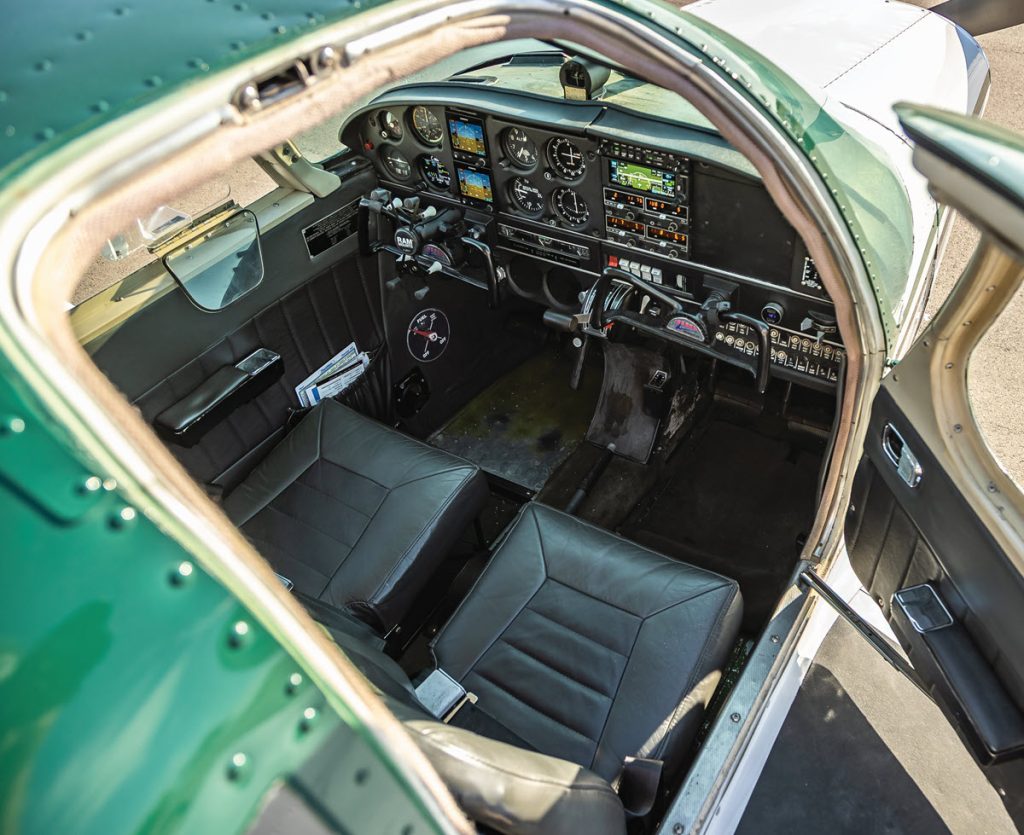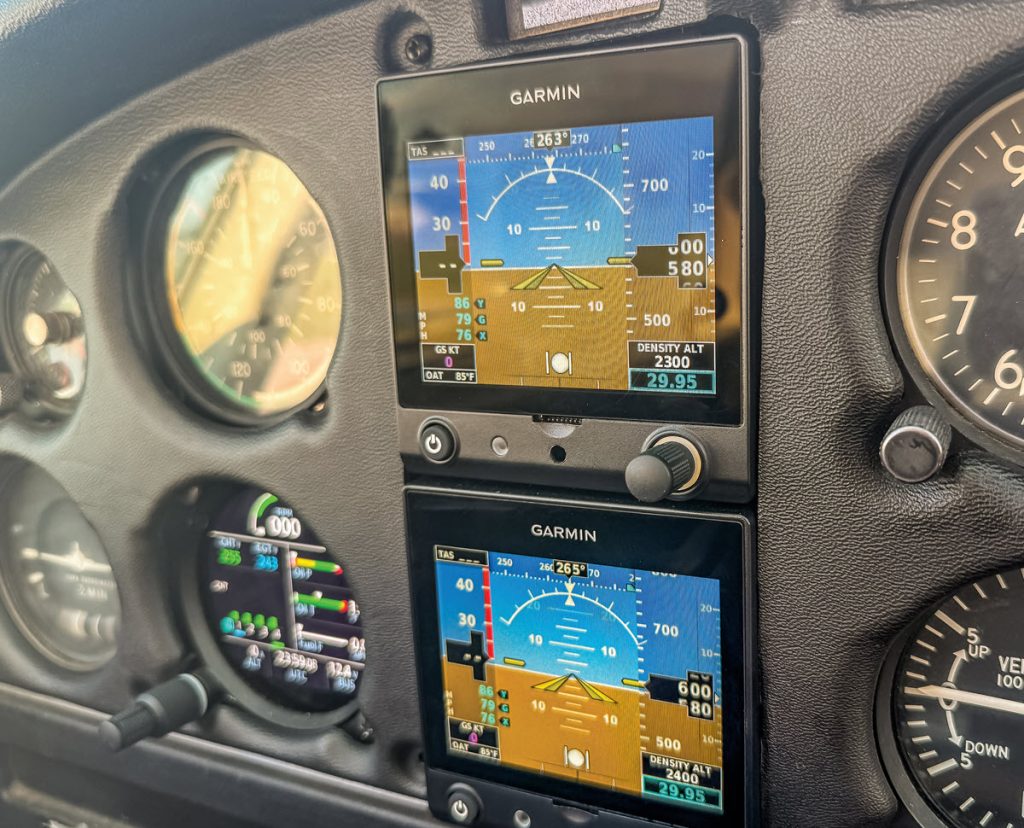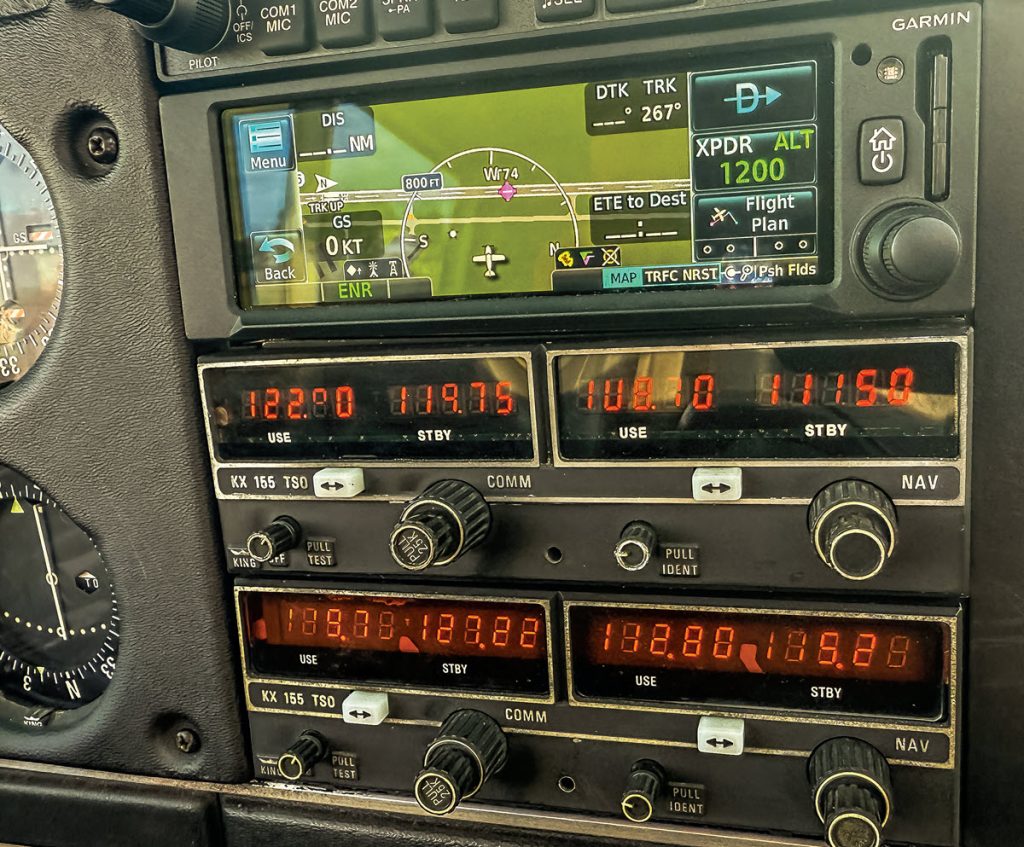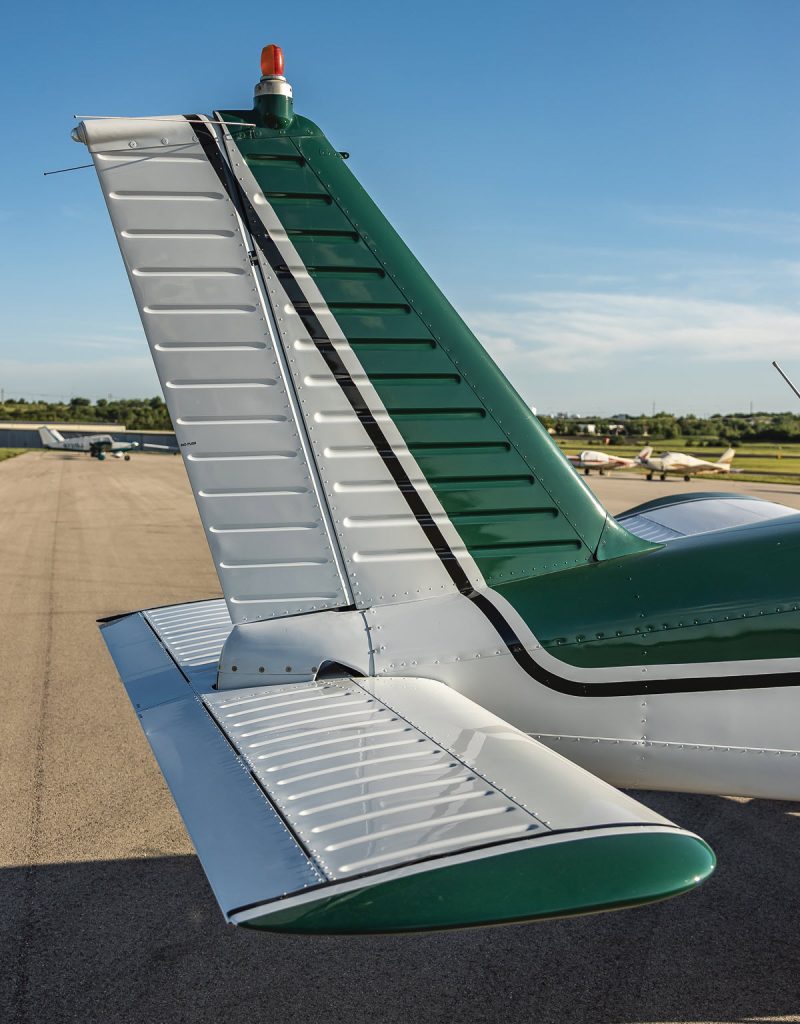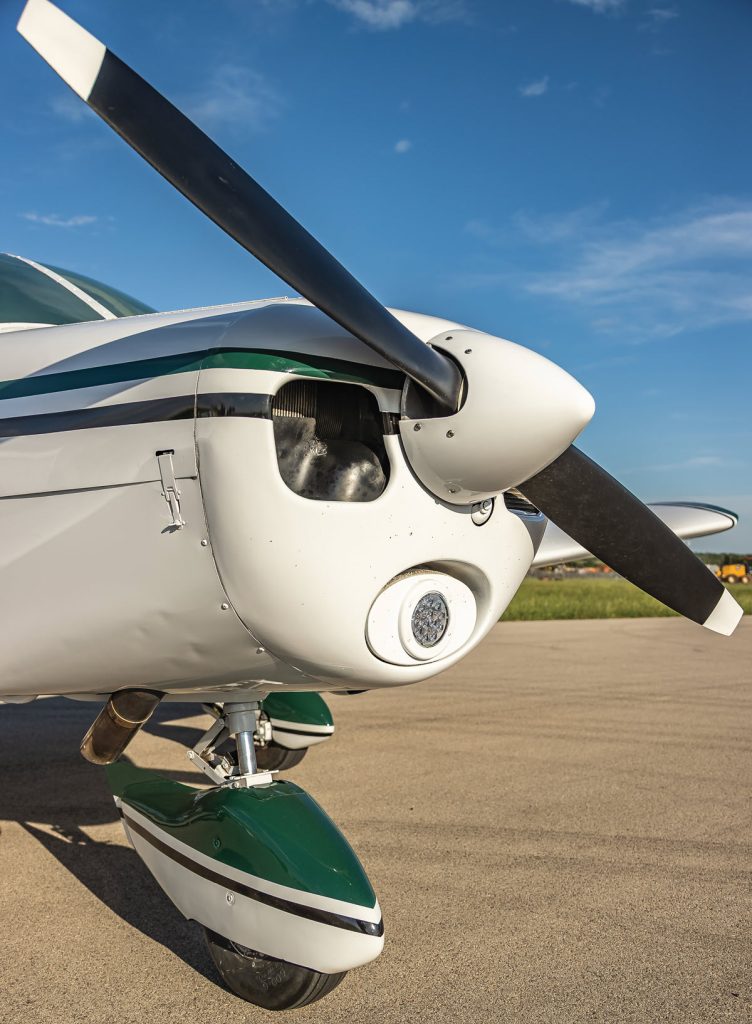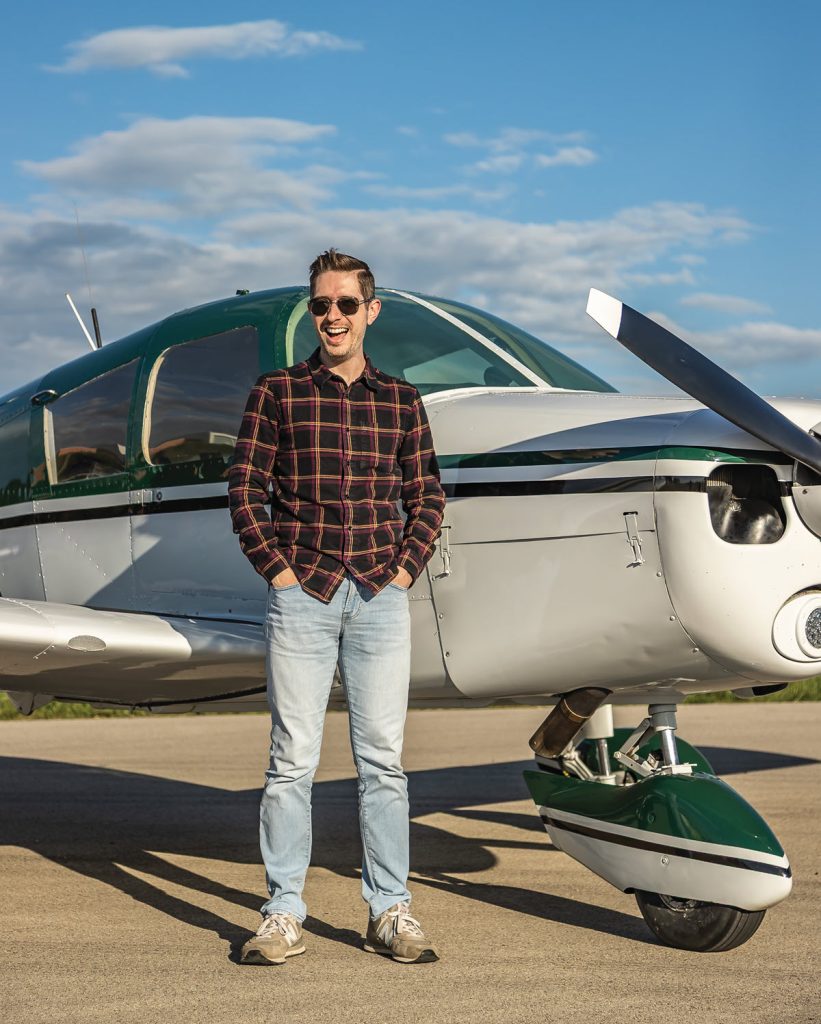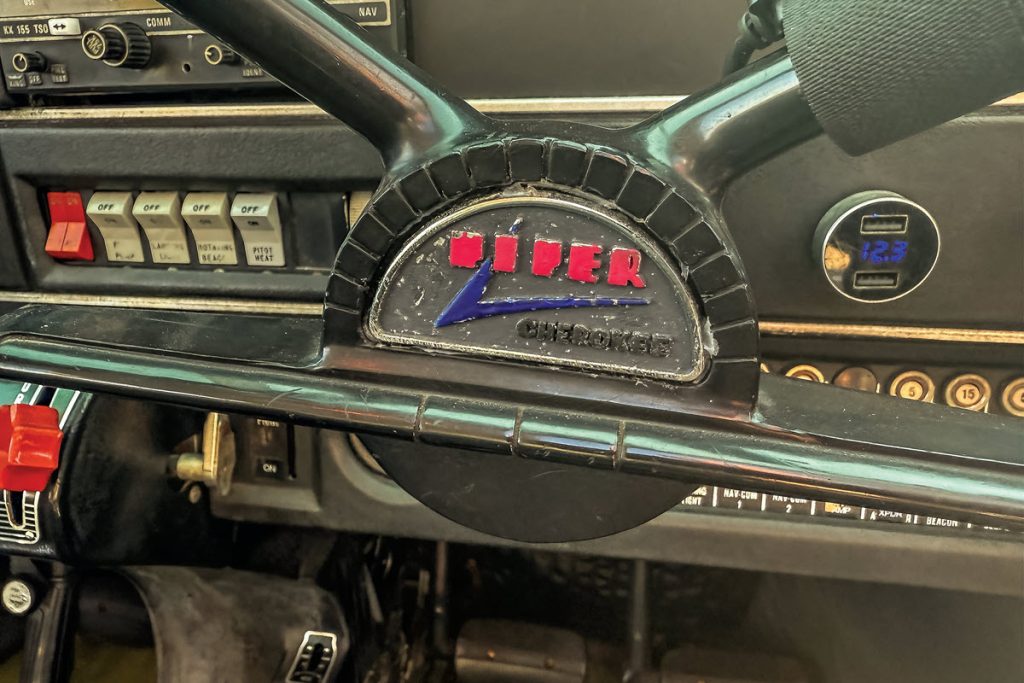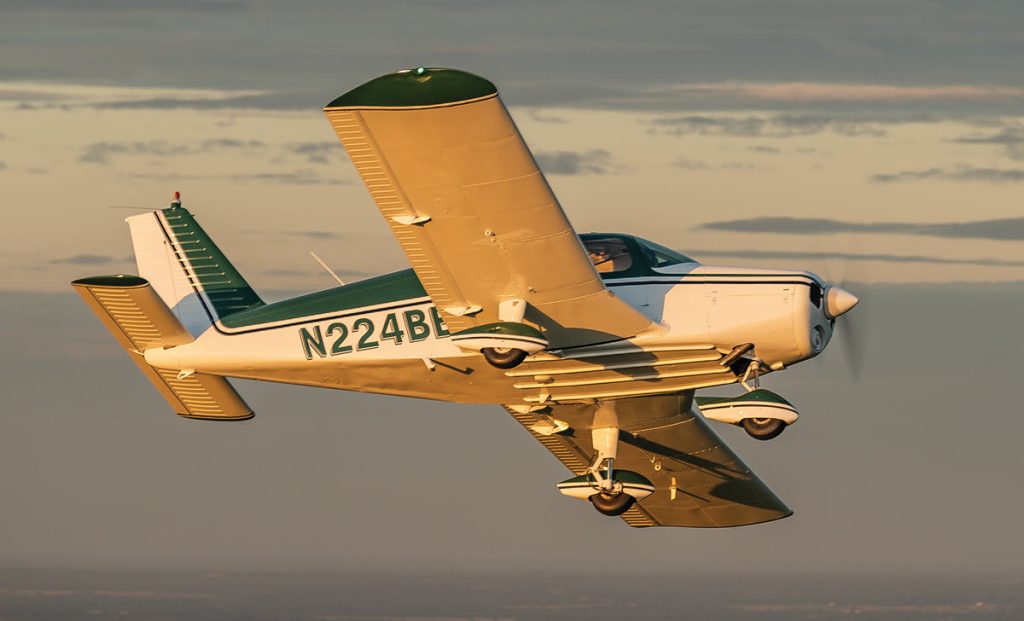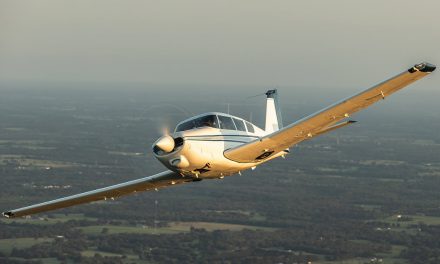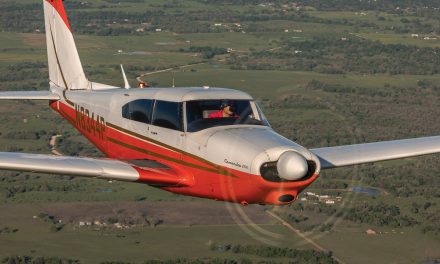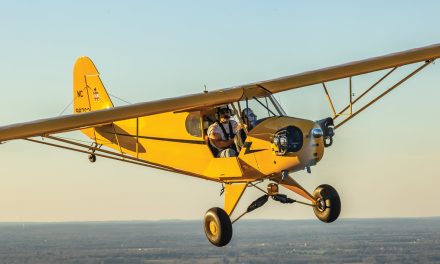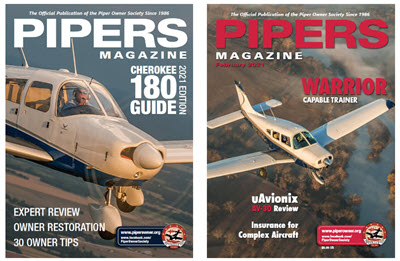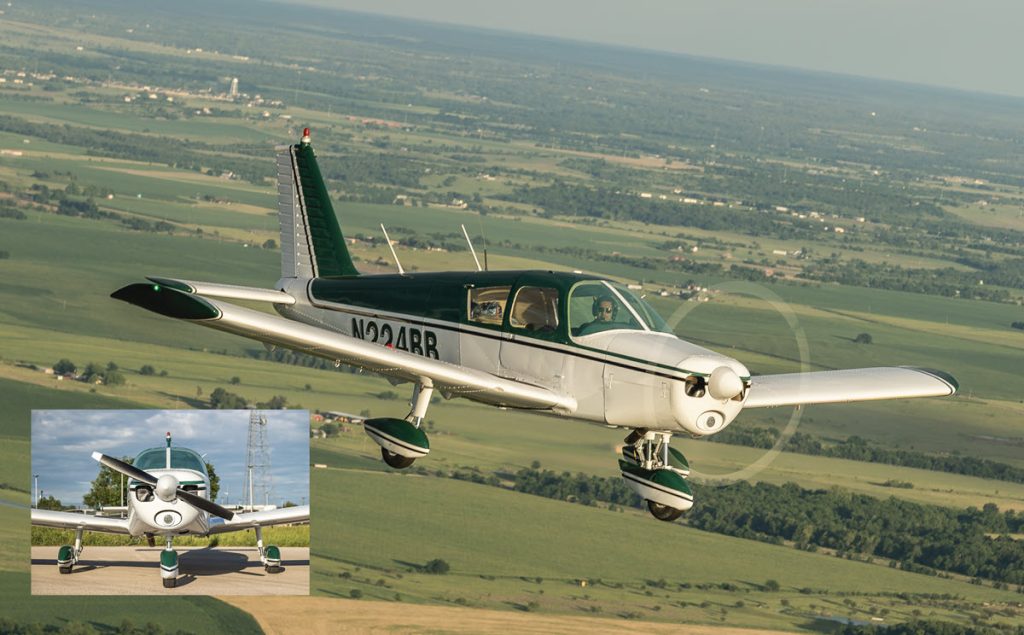
By Tyler Skeeler
Although I was very interested in airplanes and flying for as long as I can remember, I never knew anyone who was a pilot while growing up. Flying seemed like a dream that was completely out of reach.
After graduating from college and beginning my professional career, I focused on paying off my student loans and traveling. The idea of learning to fly got pushed to the background. When the world slowed down due to COVID, I finally decided I would take my first flight lesson. I was instantly hooked!
I bought my 1969 Piper Cherokee 140 Cruiser while I was still working through my primary training. At the time, I was training in Cessna 172s, but the instructors I flew with had most of their experience in Pipers. My instructors all preferred the handling characteristics of low wing planes. After my first few landings in a Cherokee, I understood why. I looked at several low-wing makes and models but kept coming back to the Cherokee because of its simplicity, availability of parts, and the comparatively low cost to own and operate.
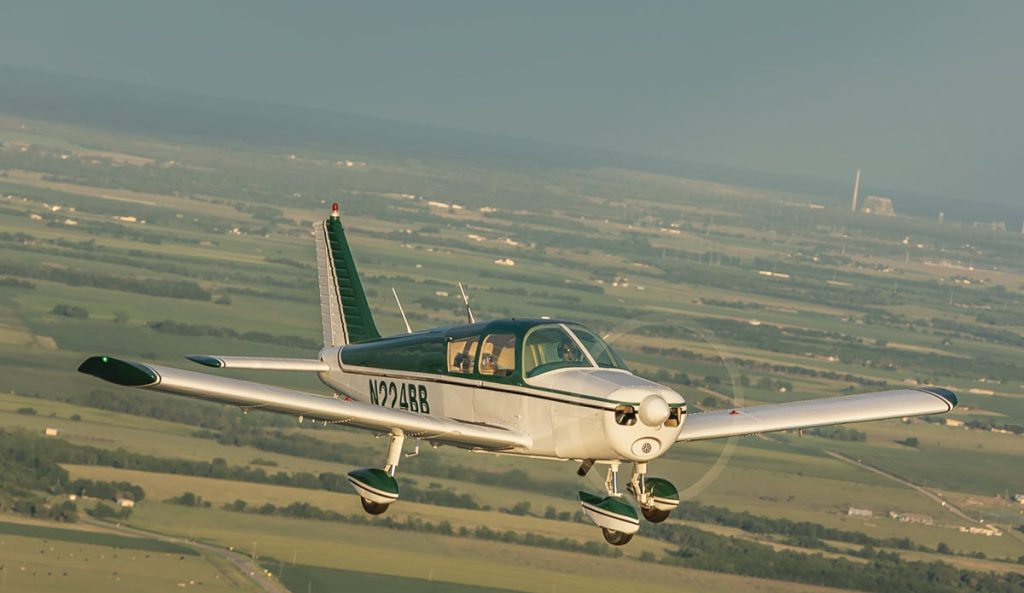
I completed my check ride and earned my PPC on February 20, 2023, at the Huntsville Municipal Airport (KUTS) in Huntsville, Texas. My little PA-28-140 has since become a second vehicle for me. I have family and friends scattered from corner to corner in Texas. Driving five to six hours one-way meant I was only able to visit everyone once or twice a year. Having the ability to fly, reducing a six-hour drive to a less than three-hour flight, has been a game changer for me. I take full advantage of it — flying about 150 hours each year.
A Diamond in the Rough
When I purchased this airplane, the main selling point was its upgraded interior. The seats and carpet had recently been redone. It also had a slew of upgrades (radios, GPS, gap seals, lights, etc.), but was still a blank slate in several ways. The Cherokee had a standard six pack and vacuum system. It also had original paint (what was left of it, anyway). Given that the factory’s original paint was in very poor condition, and there was no corrosion to be found, I was excited about the idea of getting to choose my own new paint scheme. In short, it was somewhat of a diamond in the rough.
N224BB, formerly N8812N, has a mid-time engine that I plan to fly for as long as it remains in good health. To help me take the best possible care of this engine, I added a Garmin GI275 Engine Indication System. This engine monitor has more than paid for itself and gives me peace of mind to keep flying behind my engine for hundreds and hundreds more hours.
I now have the clearest picture of my engine’s health, which ensures I will get the absolute most out of it over the years ahead. The data I can get from the engine monitor has given me a sense of familiarity with this engine that I never thought possible. I can tell you what the oil pressure during cruise should be, I know what EGT and CHT I can expect at various fuel flow configurations, I can keep a close eye on the health of my ignition system, and so much more. The ability to see when something is different than expected has both increased my troubleshooting ability and increased my confidence in this engine.
I have recently upgraded the vacuum driven instruments to Garmin G5’s. I really enjoy how much more precisely these instruments allow me to fly. The G5’s replaced a very old and tired vacuum system and I had a very basic directional gyro that didn’t even have a heading bug! The G5’s give me a much better sense of situational awareness and allow me to hand-fly with incredible precision. I will be scheduling my instrument check ride soon. I’ll feel a lot more confident flying in IMC and shooting approaches with these G5’s.
But the most exciting upgrade was the paint, which was an absolute must! The original paint was in very poor condition, so I knew when I purchased N224BB that a paint job was in the short-term plans. It took me a few years to decide on the paint scheme, the paint shop, and get everything scheduled. I finally settled on Crider Aircraft in Mena, Arkansas. They did an amazing job! They transformed my 56-year-old plane into an aircraft that looks brand new. I get compliments on its appearance all the time.
The next upgrade, which I hope is a very long time from now, will be to a 160hp variant of the Lycoming O-320. I’m still planning for that by weighing my options, doing research, and talking to people that have done this upgrade in the past. I would appreciate some extra power when I’m climbing up to cruise altitude, especially during the summertime Texas heat.
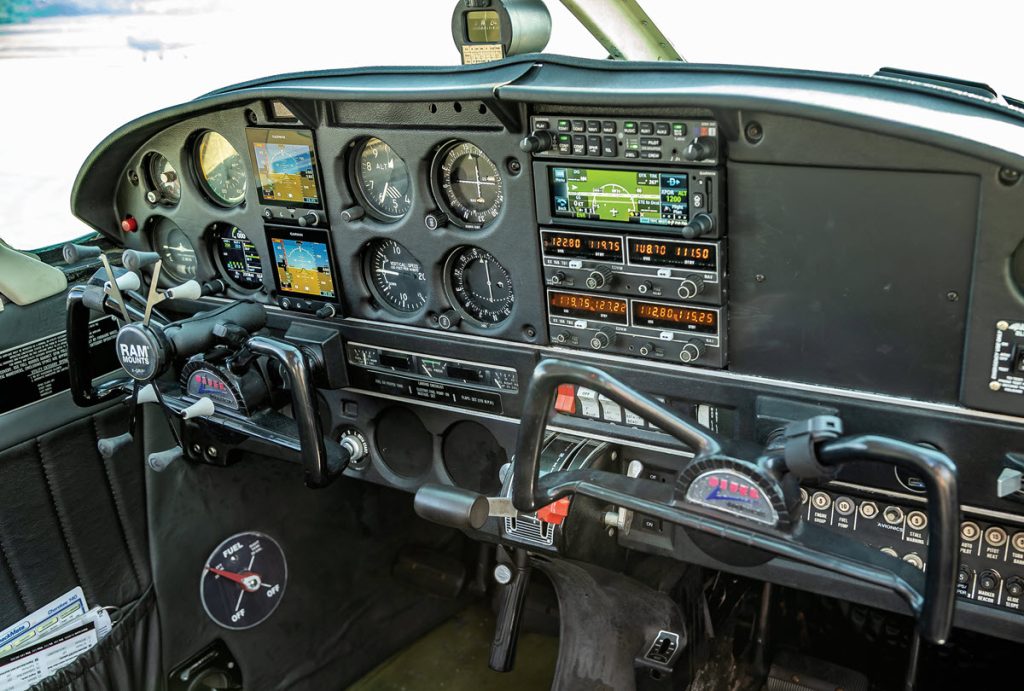
I’ve never had any major parts issues while upgrading and maintaining my Cherokee. I think in the post-COVID era, we have all gotten somewhat used to various supply chain issues, but I’ve never had the plane down for any length of time waiting on a part. I think the number of PA-28s that are still in service lends itself to long-term support for parts from a variety of sources.
There have only been a couple of problems with the upgrades; a few electrical gremlins that were sorted out and finding an alternator belt with the life expectancy I would like. I hope everyone knocks on wood as they read this!
While I’m more than happy to comply with Service Bulletins and Airworthiness Directives, I do tend to shy away from unneeded or invasive maintenance, which I believe has helped me avoid any major issues. I appreciate having an A&P who can verify that my plane is not affected by a particular problem or take appropriate corrective action to fix anything that’s amiss.
Looking into my Piper’s logbook with my A&P was a cool trip down memory lane. Mental images kept forming of how the airplane’s appearance changed over the years. It would have been really cool to see its evolution in person. I wonder what the original owner would think if he or she saw it today?
Pros and Cons
There are many things I love about my Piper PA-28-140. When it comes to ease of operation and simplicity of maintenance, it’s hard to beat. And with its new look and upgrades, it’s a pleasure to fly.
Of course, nothing is perfect. The airframe could be a little sleeker to allow it to cruise just a little faster, though no one buys a Cherokee 140 for speed. I might consider changing out the old school bow-tie control yokes, but don’t really think it’s worth the time or cost at this point. And air conditioning would be nice. Thankfully, most of my flights are longer cross-countries, so I’m only miserable in the Texas heat for a few minutes of each flight.
The only real challenge I had when I first started flying N224BB was adjusting to the Hershey-Bar wings. It flies differently in ground-effect than a lot of planes and it sinks faster than many planes at lower power settings.
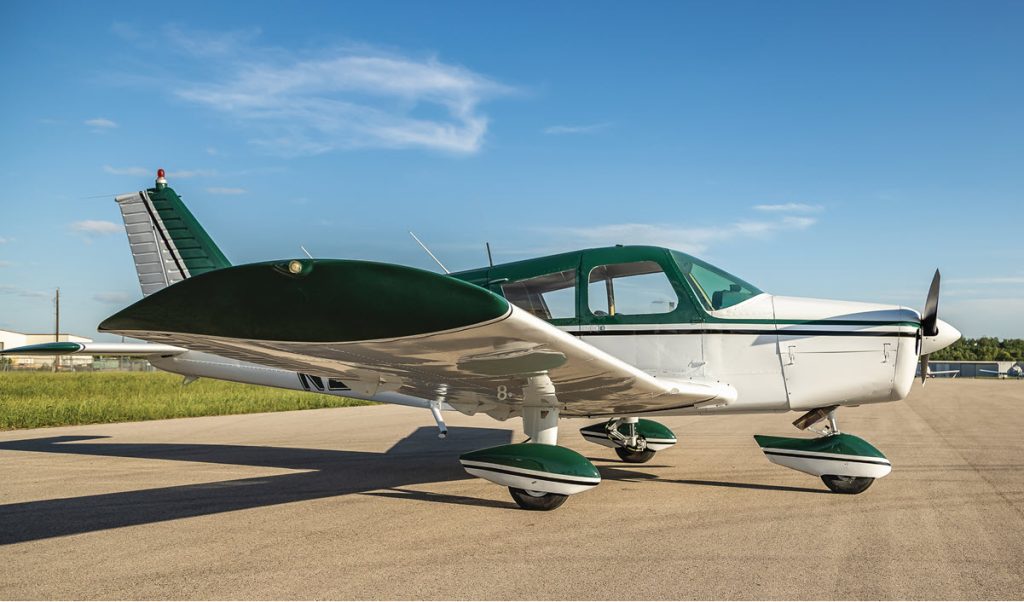
On Mission
As I mentioned, I love flying anywhere I get to see family or friends. But if I had to pick a favorite flight, it would have to be the adventure my 87-year-old grandfather and I went on together. We took a scenic flight above his hometown of Blossom, Texas. He thoroughly enjoyed getting to see the farm he grew up on from a few thousand feet above. I don’t think he had ever gotten that perspective before.
I cherish every moment I get to spend with my grandparents as they get older. We had a great time on that flight! To this day, he still shows people the pictures he took from the skies. The fact that it was such a special moment for him has made it a special memory for me — my best, so far!
I also enjoy visiting one of my favorite airports of all time; West Houston Airport (KIWS). It’s got a nice runway, an amazing terminal for a general aviation airport, and the people are so nice. When I think about how fortunate I am every time I get the privilege to fly, it’s hard to pick a favorite place. Minor things are bound to come up here and there (scheduling challenges, minor repairs, inclement weather, etc.), but I’m looking forward to flying as much as possible over the next few years.
The rest of this article and the specifications and performance stats for this plane can be seen only by paid members who are logged in.Have a website login already? Log in and start reading now.
Never created a website login before? Find your Customer Number (it’s on your mailing label) and register here.
JOIN HERE
Still have questions? Contact us here.

